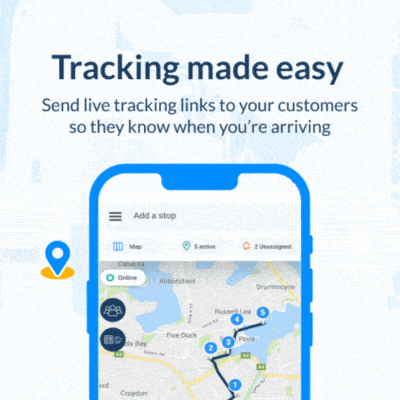Black Friday, a hallmark of consumer frenzy and a critical juncture for e-commerce businesses, often turns into a logistical labyrinth. While it spells a surge in sales for some, for others, it’s a cautionary tale of pitfalls.
According to Mastercard SpendingPulse, e-commerce sales soared by 8.5% over the Black Friday-Cyber Monday period, while in-store spending saw a modest increase of only 1.1%. Retailers slashing prices ahead of Black Friday likely contributed to this growth.
Black Friday lessons
While many wins were recorded, a few lessons of what not to do also stood out. Roger and Brodie Cook, twins who founded Lucent Globe in March 2022, shared some of their insights.
They found that:
- Many businesses drop the ball on early engagement.
- Retailers often fail to plan for the unpredictable.
- Some businesses aren’t transparent in their communication.
1. Early engagement is key
Unfortunately, many businesses held off until the last minute this year and lost out on opportunities to engage with their customers.
The Cook brothers say they found success in launching their sales campaign earlier than usual. It underscores the adage that the early bird catches the worm.
“When it comes to shopping holidays like Black Friday, timing is everything. While others were waiting for the clock to strike midnight on the fateful day, we decided to do things our way and that meant going against the grain of a one-day-only sale.”
Their sale began on November 9, and their strategy led to a threefold increase in sales over a two-week period.
2. Anticipate the unpredictable
The Cook brothers say the excitement of Black Friday can “quickly turn into chaos.” Added to that they were going up against large supermarkets and online giants.
Shopify merchants, for example, recorded $4.1 billion in sales – a 22% increase from 2022. Additionally, Shopify stock price reached a high of $70.96 per share during the Black Friday weekend, closing at a one-year high.
Therefore, they urge business owners to “always prepare for the unexpected” since predicting customer behavior can be tricky. “[It is akin to weather] forecasting – unpredictable. It highlighted the importance of thinking on our feet and having a production team that we could trust to expedite orders.”
3. Transparent communication
The Cook brothers say: “In the chaos of Black Friday, communication is everything.” Their customers wanted to know what was happening behind the scenes, especially in terms of how it would affect delivery times or delayed parcels.
They relied heavily on social media channels to keep customers informed – showcasing everything from the activity at their warehouses, to addressing stock challenges and shortages.
In doing so, they turned their social media platforms into “an extension of customer service.” And as a bonus, their customers appreciated the transparency.
“The transparency at the record rate of sales had a social proof effect, which in turn encouraged further sales – so it’s a win-win really. As consumers ourselves, we know customers appreciate honesty, especially during high-stakes shopping events like Black Friday.”
Share this article
About the author
Cheryl has contributed to various international publications, with a fervor for data and technology. She explores the intersection of emerging tech trends with logistics, focusing on how digital innovations are reshaping industries on a global scale. When she's not dissecting the latest developments in AI-driven innovation and digital solutions, Cheryl can be found gaming, kickboxing, or navigating the novel niches of consumer gadgetry.












